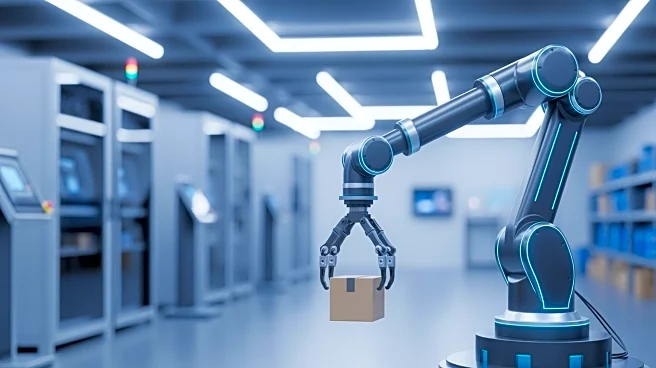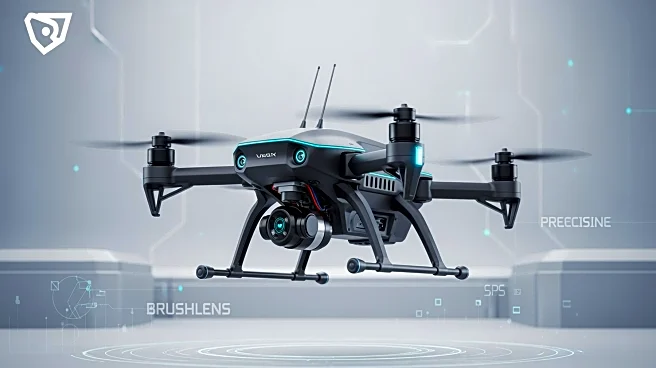What's Happening?
Boston Dynamics has unveiled a new testing facility designed to enhance warehouse automation. The facility replicates customer inbound operations, including dock configurations and conveyor systems, to test and ensure
the reliability and performance of their automation technologies. This development is part of Boston Dynamics' ongoing efforts to innovate in the field of robotics, particularly in automating complex warehouse tasks. The facility aims to provide robust solutions that can handle real-world challenges in logistics and supply chain management.
Why It's Important?
The advancement in warehouse automation by Boston Dynamics is significant for the logistics and supply chain industry. As e-commerce continues to grow, the demand for efficient and reliable warehouse operations increases. Automation can lead to faster processing times, reduced labor costs, and improved accuracy in order fulfillment. Companies that adopt such technologies can gain a competitive edge by optimizing their operations and meeting customer demands more effectively. This development also highlights the broader trend of integrating robotics into various sectors to enhance productivity and efficiency.
What's Next?
As Boston Dynamics continues to refine its automation technologies, other companies in the logistics and supply chain sector may follow suit, leading to widespread adoption of similar solutions. This could result in a significant transformation of warehouse operations, with potential impacts on employment and the skills required for future jobs in the industry. Stakeholders, including businesses and policymakers, will need to consider the implications of increased automation on the workforce and develop strategies to address potential challenges.
Beyond the Headlines
The move towards greater automation in warehouses raises ethical and social considerations, particularly concerning job displacement and the need for workforce retraining. As robots take on more tasks traditionally performed by humans, there is a growing need to ensure that workers are equipped with the skills necessary to thrive in an increasingly automated environment. Additionally, the integration of advanced robotics in warehouses could lead to new regulatory challenges, as safety standards and operational guidelines will need to be updated to accommodate these technologies.











